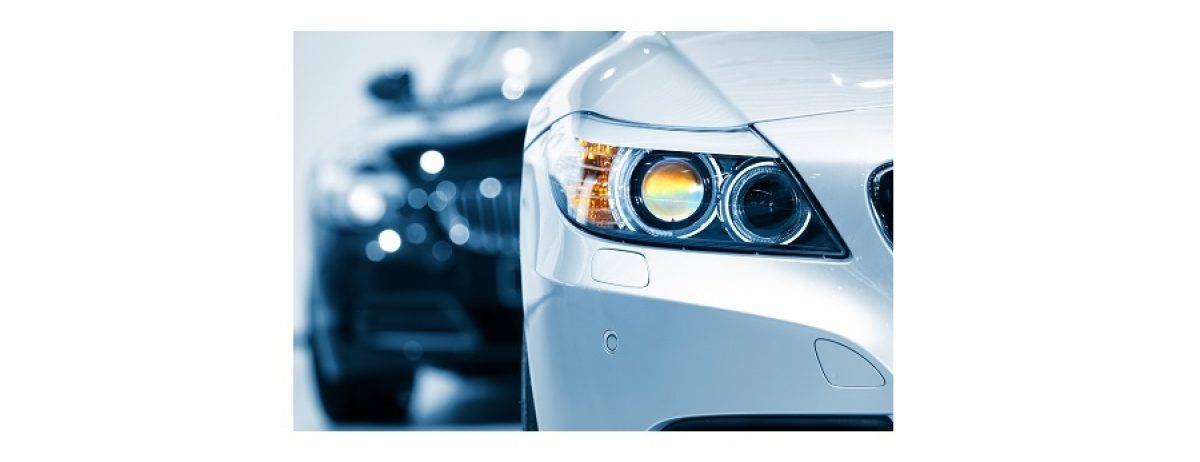
The 2020 edition of ACEA’s ‘Making the Transition to Zero-Emission Mobility’ annual report tracks progress made on the key ‘enabling factors’ for a stronger market uptake of alternatively-powered cars and vans in the European Union.
The 2020 update of the progress report looks at:
· Market uptake of alternatively-powered vehicles
· CO2 emissions
· Affordability
· Infrastructure availability
Key findings
1) Market uptake of alternatively-powered cars + vans
- 3.0% of all cars sold in 2019 were electrically-chargeable (+2.4 % points since 2014).
- 5.9% of new cars in the EU were hybrid electric last year (+4.5 % points over six years).
- 0.5% of all cars sold in 2019 were natural gas-powered (-0.3 % points since 2014).
- Fuel cell vehicles currently account for a small share (0.04%) of total EU car sales.
- 2.8% of new van sales were alternatively-powered last year.
- 1.2% of all vans sold in 2019 were electrically-chargeable (+0.7 % points over six years), and 0.2% were hybrid electric.
2) CO2 emissions of new passenger cars + vans
- In 2017, petrol vehicles became the most sold passenger car type in the EU for the first time since 2009.
- 2017 also marked the first rise (+0.3%) in new-car CO2 emissions since records began.
- 2019 was the third consecutive year when CO2 from cars increased (+1.8%) to reach an EU-wide average of 123g CO2/km.
- CO2 emissions from vans grew for the second consecutive year in 2019, going up by 0.4% to reach an EU-wide average of 158.5g CO2/km.
3) Affordability
- The market uptake of electrically-chargeable vehicles (ECVs) is directly correlated to a country's GDP per capita, showing that affordability is a major barrier to consumers.
- All countries with an ECV market share of less than 1% have a GDP below €30,000, including EU member states in Central and Eastern Europe, but also Italy and Greece.
- 80% of all electric cars are sold in just 6 EU countries, with some of the highest GDPs.
- 21 EU countries now offer bonus payments or premiums to buyers of ECVs. These purchase incentives, and especially their monetary value, differ greatly across the European Union.
4) Infrastructure availability
- Although the deployment of ECV infrastructure has seen strong growth, the total number of charging points available across the EU (199,825) still falls far short of what is required.
- Only 28,586 of those points are suitable for fast charging (capacity of ≥22kW), while ‘normal’ points account for the vast majority. Just 1 in 7 points in the EU is a fast charger today.
- According to conservative estimates by the European Commission, at least 2.8 million ECV charging points will be needed by 2030. That means a 14-fold increase in the next 11 years.
- Four countries covering 27% of the EU’s total surface area – the Netherlands, Germany, France and the UK – account for more than 75% of all ECV charging points in the EU.
- There are 137 hydrogen filling stations across 12 EU member states, but 16 countries do not have any at all.
- The EU counts more than 3,700 natural gas filling stations, up 30.8% since 2014. Two-thirds of these are concentrated in two countries alone (Italy and Germany).
